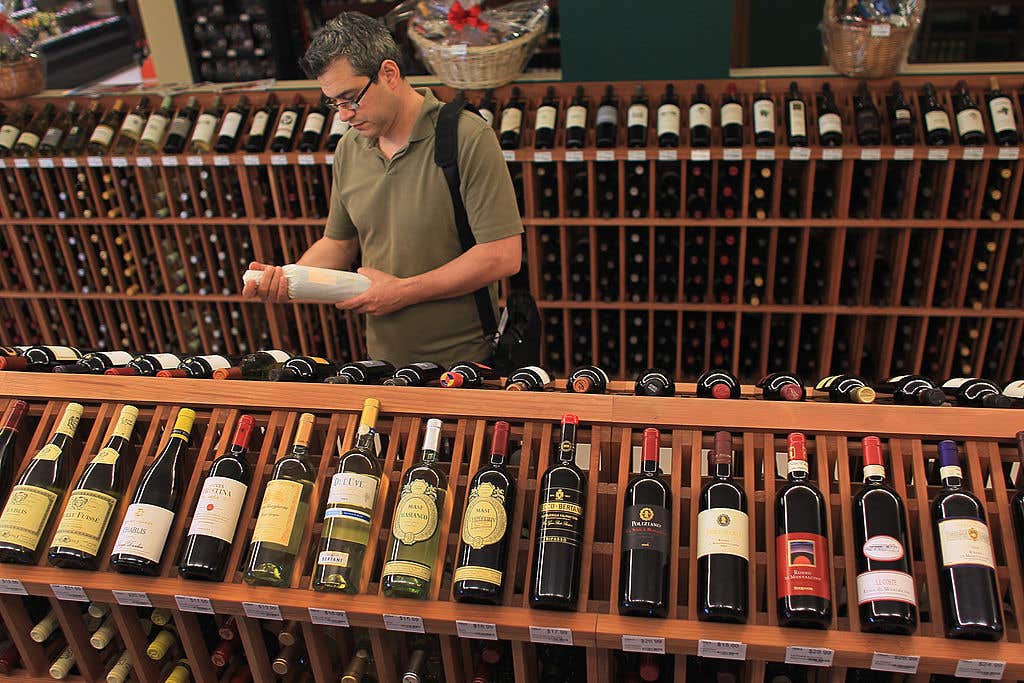
Florida is the country's third most populated state, behind only California and Texas. It turns out, the exact same ranking holds true in another category. According to Wine America, Florida is the third largest state in wine impact.
The term "wine impact" specifically relates to the economy and consumption. Though numerous vineyards are scattered across the sunshine state, this does not play into where Florida ranks. Wine America details that the wine industry's impact in California comes in at $88.1 billion, and in Texas, it is $20.3 billion. Florida is the next in line at $15.2 billion. This is a narrow margin over New York, who ranks fourth at$14.9 billion. In short, it's Florida's "large population and wine consumption, which boosts the wholesale and retail sectors," the report states.
Supplier, producer, and number of relative jobs are all part of what factors into measuring Florida's economic impact on the wine industry.Wine America's Florida profile lists that $6 billion of the $15 billion coming from Florida is through a direct channel - wine coming from vineyards to communities.
Lakeridge Winery and Vineyard
Central Florida is where you will find the state's largest winery. Specifically in the Lakeridge Winery and Vineyard in Clermont. This is a 127-acre property that has been in operation since 1989. They currently have 75 acres of the vineyard planted primarily of Muscadine grapes that produce red wine and Welder and Carlos grapes for white. Lakeridge offers tours and tastings. Their bottles can be found in large retail outlets and restaurants across the state. Fifteen of their different wines are also available to order.
Wine America's 2022 year in review reported that the wine industry would pay approximately $432 million in state and local taxes. There are over 115,000 jobs in support of the wine industry. Tourism can be pointed to as another contributing factor in Florida being the third largest state in wine impact. The region accounted 298,400 tourist visits and $101.27 million in annual tourism spend last year. This, in turn, benefits local businesses.





